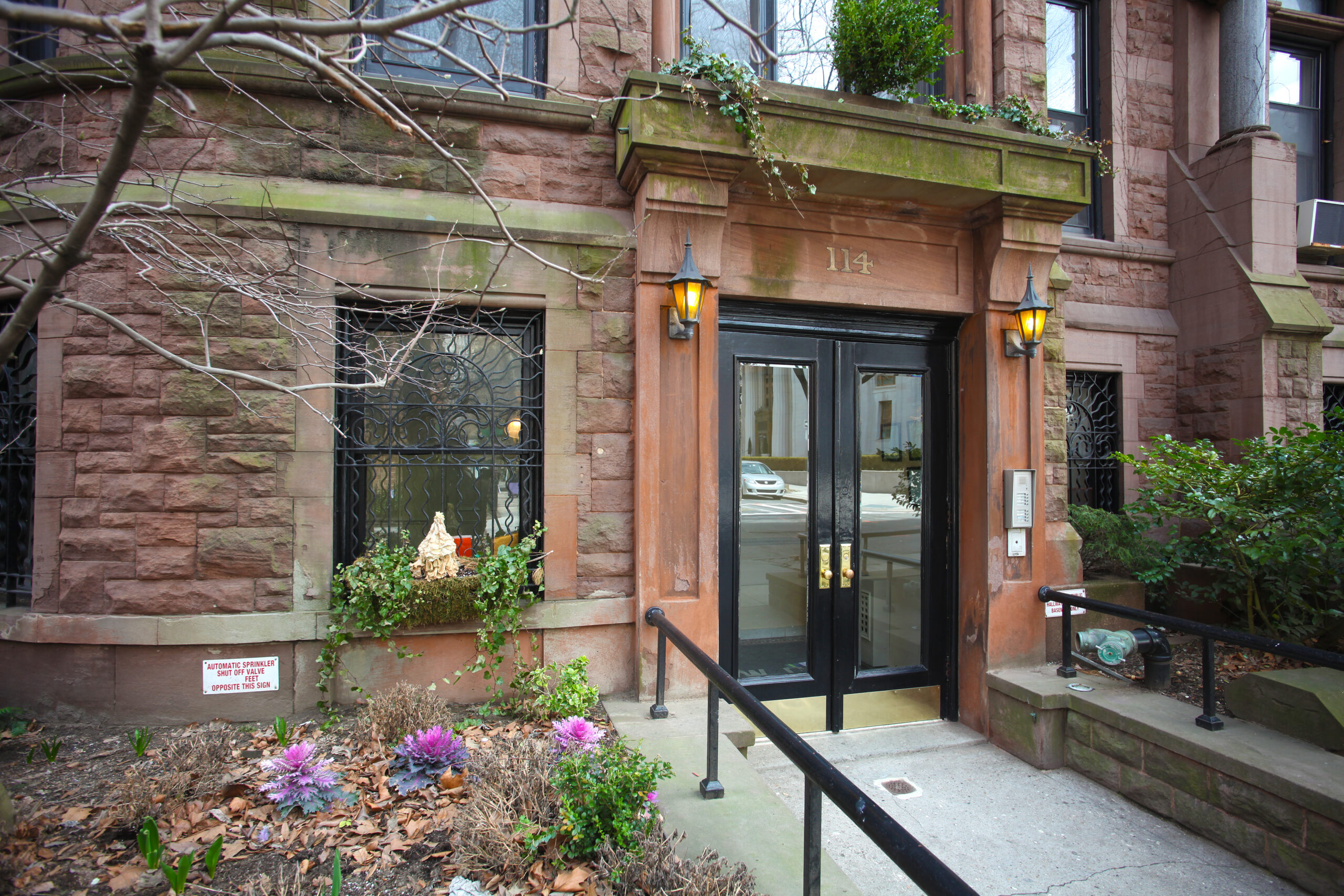Insurance for Historic Buildings and Brownstones in NYC: Special Considerations and Tips

Homeowners shopping for New York City building insurance often have special needs. This is particularly true for owners who own historic buildings or need brownstone insurance or coverage for other pre-war buildings. The saying “They don’t make ’em like they used to” definitely applies to architecture and construction. And not necessarily in a negative way.
Historic buildings, brownstones and other older buildings (even if they’re not historic) often have architectural details not found in modern construction. Examples include plaster walls, pocket doors and leaded windows. These details are inherent to the charm of these structures. As a result, building owners need an insurance partner who understands these older properties.
Identifying the Unique Needs of Brownstones and Historic Buildings
Often, the greatest challenge when insuring older buildings is accurately estimating the cost of reconstruction if the building is damaged by fire, vandalism or another insured event. Finding period-correct or matching materials may be difficult or impossible. In many cases, there may be a lack of skilled craftspeople available to do the work. Neighborhoods with many historic buildings or brownstones may have specialty companies in the area, but even if these resources exist, building owners may have a lengthy wait for repairs or reconstruction.
Building Preservation Challenges
The first item to consider is whether a prospective insurance firm specializes in historic buildings, brownstones, and other older buildings. In the event of a claim, you want a partner that will help restore the property to its original condition. Choose an insurance company that has experience with older homes. Ideally, if you file a claim, the insurer will allow you to hire contractors who specialize in repairs that are faithful to the original history and materials.
Compliance with Modern Construction Codes
In addition, older properties often don’t meet modern construction codes. If a historic building or brownstone is damaged, the repair work might also include replacing an outdated system with one that meets current codes. Such updates are not covered under standard homeowner or brownstone insurance and can be expensive.
Insurance Coverage Considerations for Brownstones and Older Buildings
Insuring an older building can be tricky, especially for those considered historic, such as brownstones. Insurance policies may cost more than coverage for newer homes. An older property has endured more wear and tear. As mentioned above, building materials may be more expensive to replace. An experienced insurance partner, however, can offer guidance and help you qualify for the right coverage at the best price. Such policies often include the following considerations.
Valuation of Historic Buildings
Several factors determine a property’s replacement cost, including age, square footage, and the cost of labor and construction in the neighborhood. Determining the replacement costs of a historic building becomes more challenging, especially if it has unique architectural features or construction materials—or if the building needs to comply with specific guidelines to preserve its historic integrity. Working with an insurance partner who specializes in brownstones and historic properties will ensure the correct valuation for your insurance policy.
Ordinance or Law Coverage
Unless they’ve been updated, older buildings—including brownstones and other historic properties—typically don’t comply with current construction codes. A standard building insurance policy only covers the expense of restoring the property to its previous state; it won’t pay for upgrades required for code compliance. Enter Ordinance or Law coverage, which provides extra funds for this express purpose. When shopping for insurance for a brownstone or other older building, you should consider this added protection.
Sewer/Water Backup
New York’s sewer system dates back to the nineteenth century, prompted by a cholera outbreak. While the Department of Environmental Protection (DEP) works hard to update the aging infrastructure, a variety of factors—including increased rainfall from global warming—make sewer and water backup a common problem in the five boroughs. More than 5,000 New Yorkers reported sewer backups between July and October 2023, an increase of nearly 14% over the same period in 2022. Standard insurance policies typically only cover accidental water damage from a sudden event, like a burst pipe. Sewer/Water Backup coverage can fill this critical gap for a nominal fee.
Service Line Coverage
Service line coverage is another important add-on for historic buildings connected to older sewer systems. Property owners are responsible for maintaining and repairing the pipeline that connects their building to municipal utilities. Deterioration of this pipe, known as a sewer lateral, can also contribute to sewer backups. Service line coverage will pay to repair or replace a damaged lateral.
In general, when insuring a brownstone or other historic property, treat it like an older, valued building—not like a house built in 2005. Some insurance companies offer only limited protection for older buildings. Here in the greater New York area, insurance partners who specialize in brownstones and historic buildings know which insurers cater to the needs of these special properties. Look for someone who understands the challenges of older buildings and can help you secure a custom insurance policy that meets your unique needs.
If you have questions about brownstone insurance or other older properties, or if you would like a free insurance review, call us at 877-576-5200.

